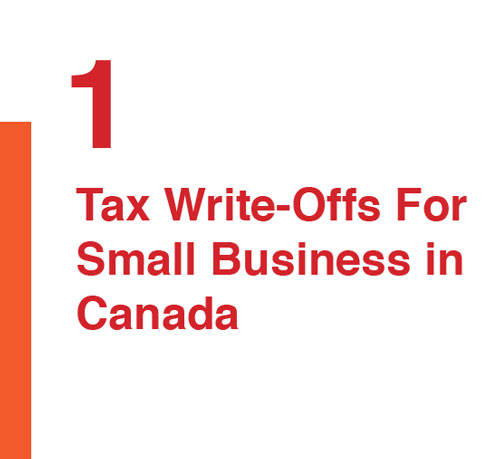
If you own a small Canadian business, it is beneficial to claim these 8 tax write-offs, as they will help reduce your business’ taxable income and taxes payable.
1. Home-Office Expenses
The most common tax write-off for a small business in Canada is home-office expenses. If you work from a home office, you will be eligible for deductions on certain home-office related expenses.
2. Vehicle Expenses
As a small business owner in Canada, you can deduct vehicle expenses.
3. Accounting and Legal Fees
Deduct fees paid to your accountant for preparing your income tax return. Similarly, the amount that you spend on legal fees in the ordinary course of operating your business is tax deductible.
4. Office Rent
Rent paid to your landlord for the use of office space is tax deductible. Keep a copy of the lease agreement and rent receipts as you will be required to provide these documents, should you be audited by the CRA.


5. Advertising
Depending on the advertising method used by your small business, advertising expenses can either be fully or partially written off.
6. Meals and Entertainment
50% of the amount that you spend on meals and entertainment is tax deductible from your business income, assuming that you are able to provide a receipt.
7. Insurance
There are several different types of insurance plans that qualify as tax write-offs for small business owners in Canada.
8. Capital Assets
Tax depreciation is a major tax write-off for small businesses in Canada. These assets are written off over a period of time-based on the CRA’s specified depreciation rates.
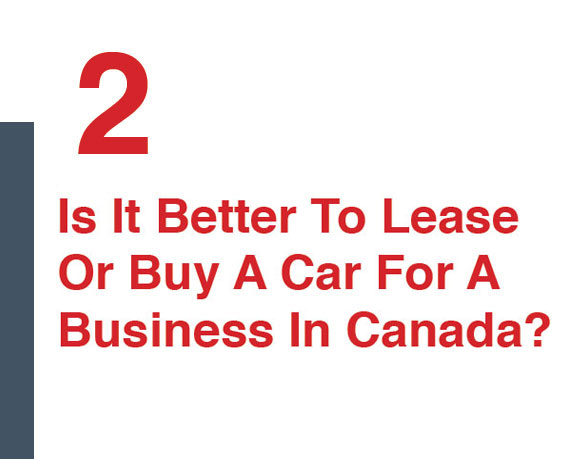
If you are a business owner or an employee who needs a car for work, you should know whether it’s more tax efficient to lease or buy a car for a business in Canada.
Buying a Car
Step 1: Calculate the cost of the car including fees and HST
Step 2: Calculate the Maximum Amount for Capital Cost Allowance
Step 3: Calculate Capital Cost Allowance Deductions
Step 4: Calculate the Tax Saving
Step 5: Calculate the After-Tax Cost of the Car
Leasing a Car
Step 1: Calculate Cost of Lease
Step 2: Determine Tax Savings from Lease
Step 3: Calculate After Tax Cost of Lease of Leasing Car


When deciding to lease or buy a car for a business in Canada you must account for standby charges. A standby charge is a taxable benefit to the employee when an automobile is provided to him by his employer.
When you are provided with a company leased or company owned vehicle, an operating cost benefit will be reported on your employment income slip (T4), this is on top of the standby charge discussed above.

If you need to prepare your corporation income tax return check out the Step-by-Step instructions provided in this article, making the corporate tax return preparation process pain-free.
Who Has to File a Return?
If you own a Canadian corporation, you are required to prepare a corporate income tax return (T2). When you fill out your first corporate return, you must declare a year end for your corporation.
Get Organized
Getting yourself organized is the first step in preparing a corporate tax return in Canada.
Financial Statements
Before starting the preparation of your Canadian corporation income tax return, you will require the Income Statement and Balance Sheet of your company.
Where do I find corporate tax forms and schedules?
Where do you get the schedules and forms for the preparation of a corporate tax return? They can be obtained from the Canada Revenue Agency’s (CRA’s) website.


Know the basic corporation tax forms and schedules.
The most commonly used schedules for the preparation of a corporation income tax return for a business in Canada are:
1. Schedule 100: Balance Sheet
2. Schedule 125: Income Statement
3. Schedule 50: Shareholder Information
4. Schedule 8: Capital Cost Allowance
5. Schedule 1: Net Income for Tax Purposes
6. Schedule 3: Dividends Received and Paid
7. Schedule 11: Transactions with Shareholders
8. Schedule 24: First Time Filer after Incorporation
9. Schedule 200: T2 Corporation Income Tax Return
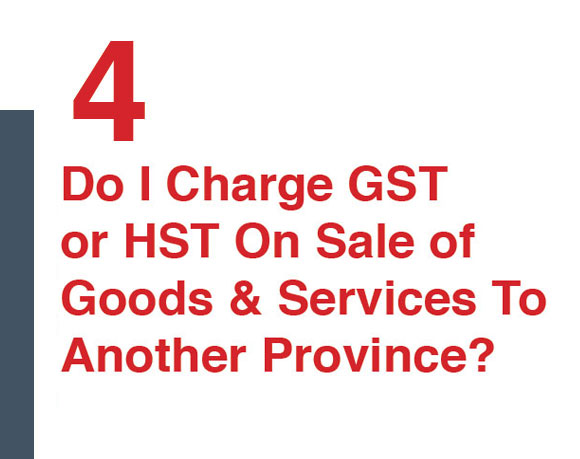
“Do I charge GST or HST on sales to another province?” If you are a nationwide business, this may be a question that you are asking. Each province has its own sales tax rate, and it can be difficult to make sense of it. Worse still, the federal government has strict regulations and you may face penalties, if you fail to charge the appropriate tax. Don’t fear! Allan Madan Chartered Accountant will show you the way.
Before we take a look at what the rules are, let’s do a little bit of background work. The Harmonized Sales Tax (HST) is the combination of Federal GST and Provincial PST into a single value added tax. Not all provinces have HST, but the ones that do are:
Ontario
Newfoundland
Nova Scotia
New Brunswick
Prince Edward Island
The provinces that charge GST and their own Provincial Sales Tax are:
Saskatchewan
Manitoba
Quebec
British Columbia
Alberta (GST only)


HST/GST on the Sale of Goods
The first issue in our examination of HST and GST is the sale of goods. In general, GST and HST are charged in the province where the goods are delivered. It is important here to differentiate between legal delivery and physical delivery.
Services – Do I charge GST or HST on sales to another province?
Services are taxed differently than goods. Generally, the customer’s business address determines the rules of taxation. If there is no billing address, then the place where most of the service is performed determines the taxation rules.
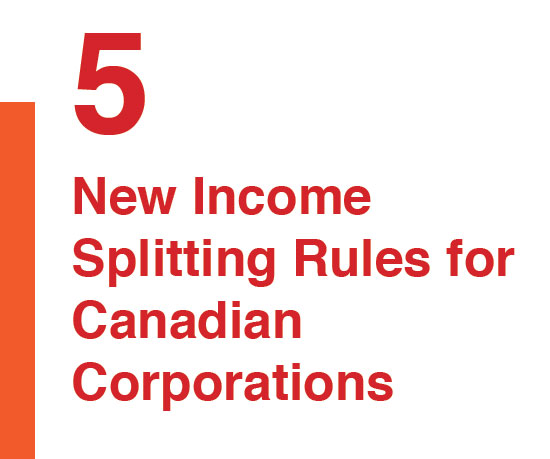
Do you own a Canadian private corporation and want to pay dividends to your family members? The new income splitting rules introduced by the federal government make it more difficult to do so. Keep reading to find out what you need to know about these new rules.
The Old Rules
Prior to 2018, a dividend could be paid without restrictions to family members (18 or older) of the owner of a Canadian private corporation.
The New Rules
As of 2018, dividends paid to family members of the owner of a Canadian private corporation will be taxed at the highest marginal tax rate for dividends, which could be as high as 40% in some provinces.
1. Non-Service Businesses
Businesses that derive more than 90% of their income by selling anything other than services are exempt from the new dividend rules, with specific exceptions.
2. Family Member Works in the Business
The second exception to the new income splitting rules on dividends has to do with


family members working in the family business. A family member can receive dividends from a Canadian private corporation if specific conditions are met.
3. Family Member Invests in the Business
Family members who are at least 25 years of age and who receive reasonable dividends based on the financial investment that they make in the family business are exempt from the new dividend rules. The reasonability of dividends paid is determined by looking at certain factors.
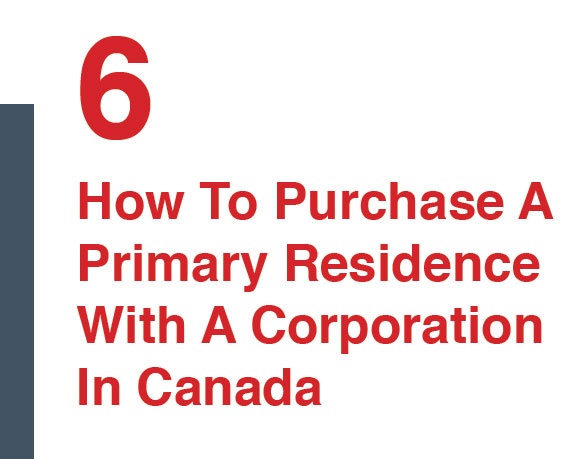
Suppose that you would like to buy your dream home, but your corporation holds all of your savings. If you withdraw all of your savings, you will get hit with a huge personal tax bill, which you want to avoid at all costs. So, what should you do?
Using this simple strategy, you can utilize your corporate savings to purchase your new home without paying any personal tax.
Here’s how:
Step 1:
Incorporate a Canadian company either federally or provincially; let’s call this company “House Inc.”. You and/or your family members can be shareholders of House Inc.
Step 2:
Make a tax-free loan from your existing company to House Inc. For this example, assume that your existing company is named “Money Bags Ltd”.
Step 3:
Charge an annual interest rate of 1% on this loan, which is the Canada Revenue Agency’s current prescribed rate of interest.


Step 4:
House Inc. will use the cash from the loan proceeds it received from Money Bags Ltd. to put toward either the construction of a new home or the purchase of a new home.
Step 5:
House Inc. should get a mortgage from a Canadian bank if it doesn’t have all of the cash needed to purchase or build the new home.
Step 6:
Now that House Inc. purchased the new home, you must begin paying monthly rent to House Inc. House Inc. will pay corporate income tax on the rent received less relevant expenses.
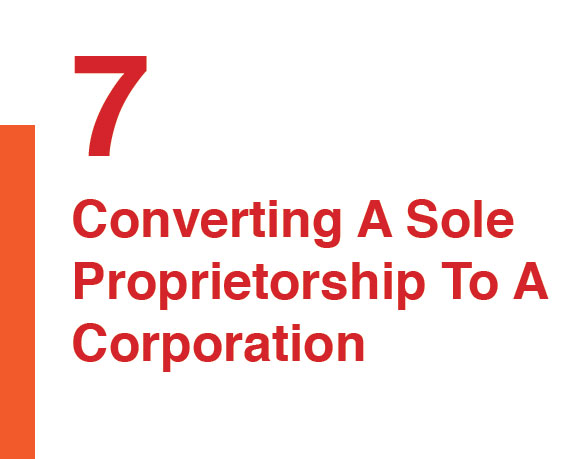
If you’re a small business owner that’s not incorporated and you are planning on forming a corporation soon, it’s really important that you read this article. Here, you’ll find out everything you need to know from a tax perspective. This article is broken down into five small parts.
Advantages of a Sole Proprietorship
While incorporating your business is generally much more beneficial, sole proprietorships do hold a few minor advantages.
Converting a Sole Proprietorship to a Corporation – Why?
So, why should you change to a corporation in the first place? There are three main reasons (watch full video in the link)...
Closing the Sole Proprietorship:
How do you close your sole proprietorship if you have one right now? Well, you have to do two things.
Transferring of Assets:
There are two categories of assets that are transferred.


The Value of the Goodwill
Since goodwill is an intangible asset, it is difficult to accurately quantify since it differs in its composition and varies from industry to industry and by type of business.
Workplace Safety and Insurance Board (WSIB) Account
In most cases, your corporation should assume the liabilities and assets of your sole proprietorship when you transfer your assets. Your previous WSIB account will also be assumed by your corporation. If this is not the case, you will have to open up a new account.
The Section 85 Rollover:
When you are transferring assets from your proprietorship to your corporation, you should do so only under the provision of Section 85 of the Income Tax Act.
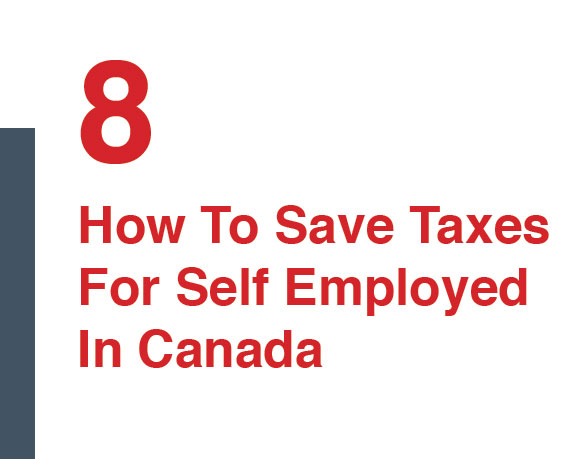
Are you a self employed Canadian? Learn the top 8 tax saving strategies that we would recommend to reduce your taxes!
1. Home Office Expenses
If you are self employed and work from home, you can deduct a portion of your home office expenses.
2. Pay Salary to Family Members
Self employed Canadians, should pay family members a reasonable salary to save taxes.
3. Lease a Vehicle
Canadians who own their own business can save taxes by leasing a vehicle for their business.
4. Keep Accurate Books
Accurate books and records ensure that all expenses are captured on your business’ financial statements and personal tax return. This way, nothing is missed.
5. Incorporate To Save Taxes For Self Employed In Canada
By incorporating your company, your business profits will be subject to a very low tax rate of 13.5%.


6. Individual Pension Plan (IPP)
For individuals who are higher income earners, you may want to invest in an Individual Pensions Plan (IPP).
7. Health and Welfare Trust
Another way to save taxes for Canadians who are self employed, is through a health and welfare trust. This trust is a tax-free vehicle used for your corporation to finance its employees health care expenses.
8. Multiplying the Small Business Deduction
Another saving tip is the Small Business Deduction. In Canada, Canadian Controlled Private Corporations (CCPCs) will pay tax at a rate of approximately 13.5% on taxable income up to $500,000.

A T5 slip reports dividends paid by a Canadian corporation to its shareholder(s). In order to prepare a T5 slip, you must follow these 8 easy steps below.
Step 1:
Fill in recipient’s first name, last name, and address. The recipient is the individual receiving the dividend.
Step 2:
Fill in the payer’s name and address. The payer is your corporation.
Step 3:
Write the year in which the dividend was received, e.g. 2018.
Step 4:
Determine if the dividend paid is an eligible dividend or a non-eligible dividend.
Step 5:
Enter the amount of dividends that you received in the calendar year (January 1 to December 31) in either box 24 for eligible dividends or box 10 for non-eligible dividends.


Step 6:
Enter the amount of taxable dividends received in box 11. This is a formula and is calculated as follows: Actual Amount of Dividends (e.g. $50,000), multiplied by a factor of 1.17, is equal to the taxable amount (e.g. $58,500).
Step 7:
Enter the amount of the dividend tax credit in Box 12. This is a formula and is calculated as follows: Actual Amount of Dividends (e.g. $50,000) multiplied by a factor of 0.1231, is equal to the dividend tax credit (e.g. $6,155).
Step 8:
Complete the T5 summary. The T5 summary adds up all of the figures reported on each T5 slip.
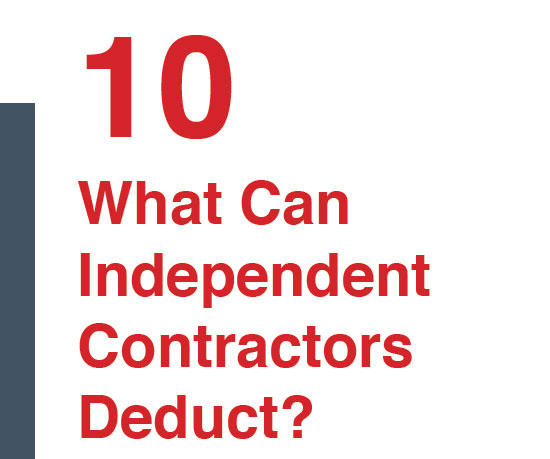
Are you an independent contractor? Learn what expenses are tax deductible and what tax savings you are eligible for during tax time.
Home Office Expenses
Deduct expenses related to your home office, such as: Utilities, Mortgage interest, Repairs, Property taxes, Insurance.
Vehicle Expenses
Independent contractors can deduct the expenses related to their car, including: Gas, Oil changes, Repairs, Toll charges, Parking, Insurance, Tax depreciation (if you own) or lease payments (if you lease).
Supplies and Tools
Supplies and tools purchased are also tax deductible.
Computer and Software
Computer purchases can be deducted at a rate of 55% per year for independent contractors. Computers include desktop computers, laptops, notebook computers, tablet PC’s, as well as computer peripherals (e.g. scanner, printer, etc.).


Travel
Travel expenses can be deducted as long as those expenses were incurred for business purposes.
Meals and Entertainment
As a general rule, independent contractors that spend on meals and entertainment can deduct 50% of those expenses. Money spent on personal meals and personal entertainment is non-deductible.
General Rule
The general rule is that any expense incurred for the purpose of earning income from a business, as long as that expense is reasonable, is deductible.
About the Author

Allan Madan is a CPA, CA, and international tax expert. He is a graduate of the University of Waterloo where he earned a Masters Degree in accounting. He enjoys working with business owners, entrepreneurs and individuals. Allan has over 10 years of experience in public accounting. Prior to founding Madan Chartered Accountant in Mississauga, he worked for the Deloitte firm where he was the International Tax Manager. He has completed Parts 1 and 2 of the Canadian In Depth Tax Course, which is the most comprehensive tax training in Canada.
About the Company

At Madan Chartered Accountant, we know how important the experience is. We also know how critical it is to have someone in your corner that knows your unique situation. Your taxes are important to us, because they are important to you. Our knowledgeable and friendly staff will always take the time to go the extra mile. Among all the accounting firms in Mississuga, we’re special. Our unique size enables us to answer the most complex of problems, yet provide personal attention to all our clients.
Contact Us:
Address:
145 Traders Boulevard East, Unit 20
Mississauga, ON L4Z 3L3
Phone: (905) 268-0150
© 2018 Madan Chartered Accountant Professional Corporation. All Rights Reserved.
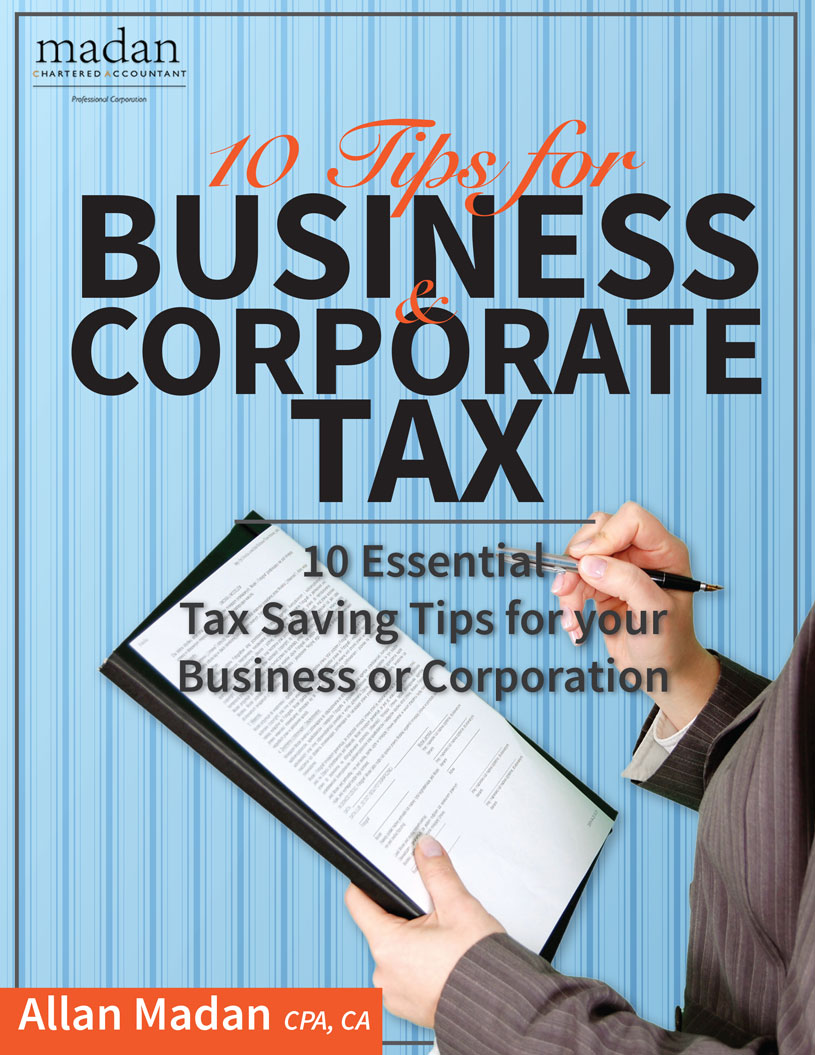
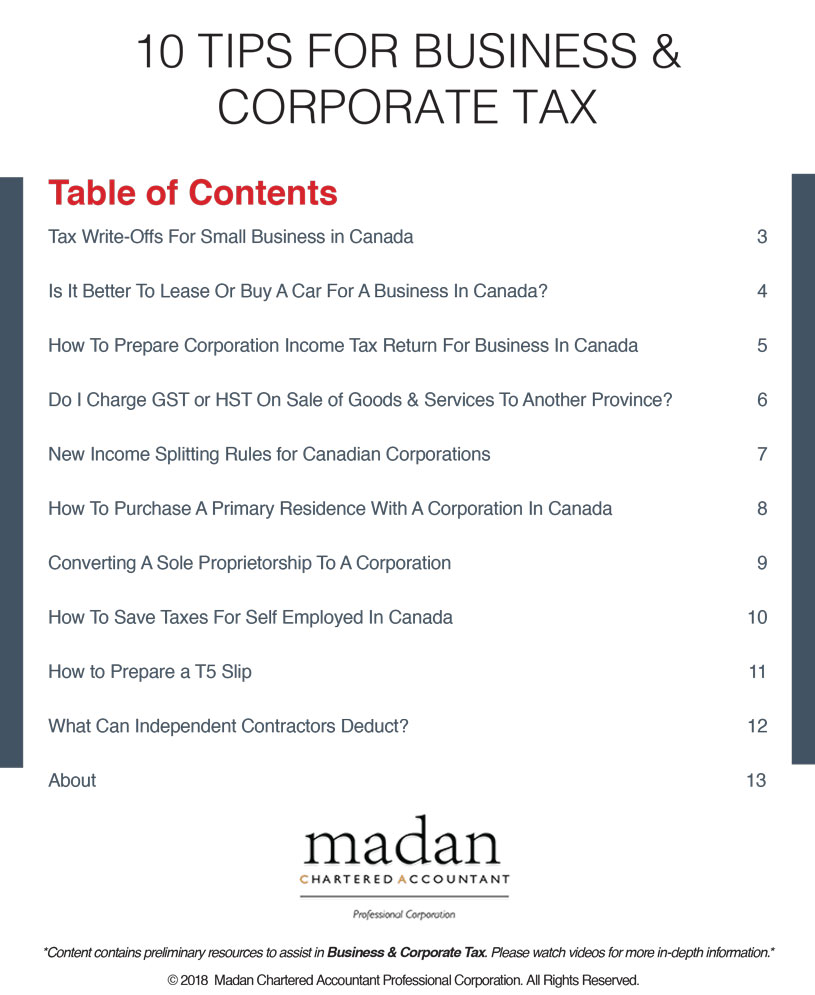

SOCIAL CONNECT